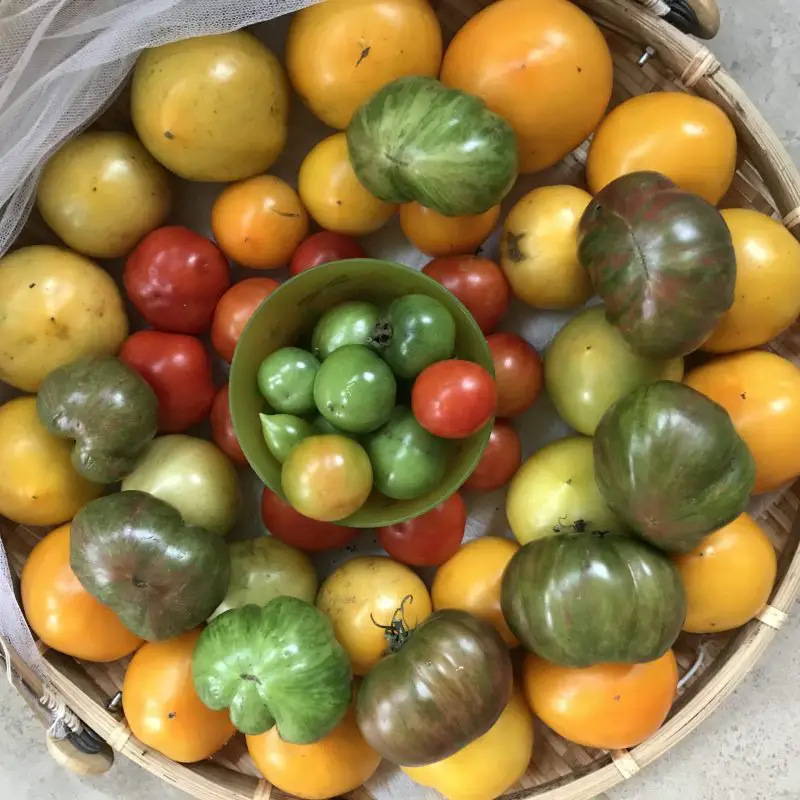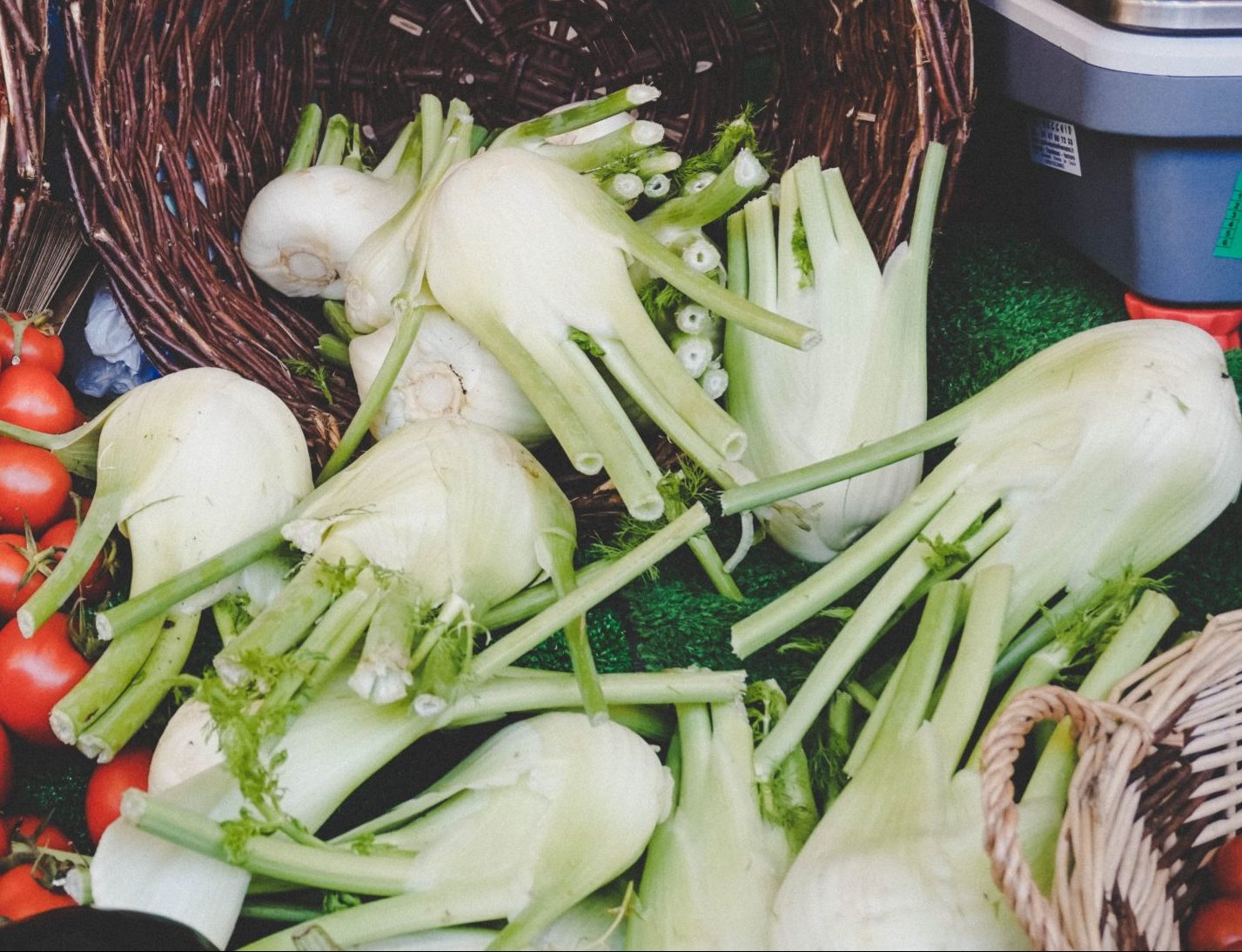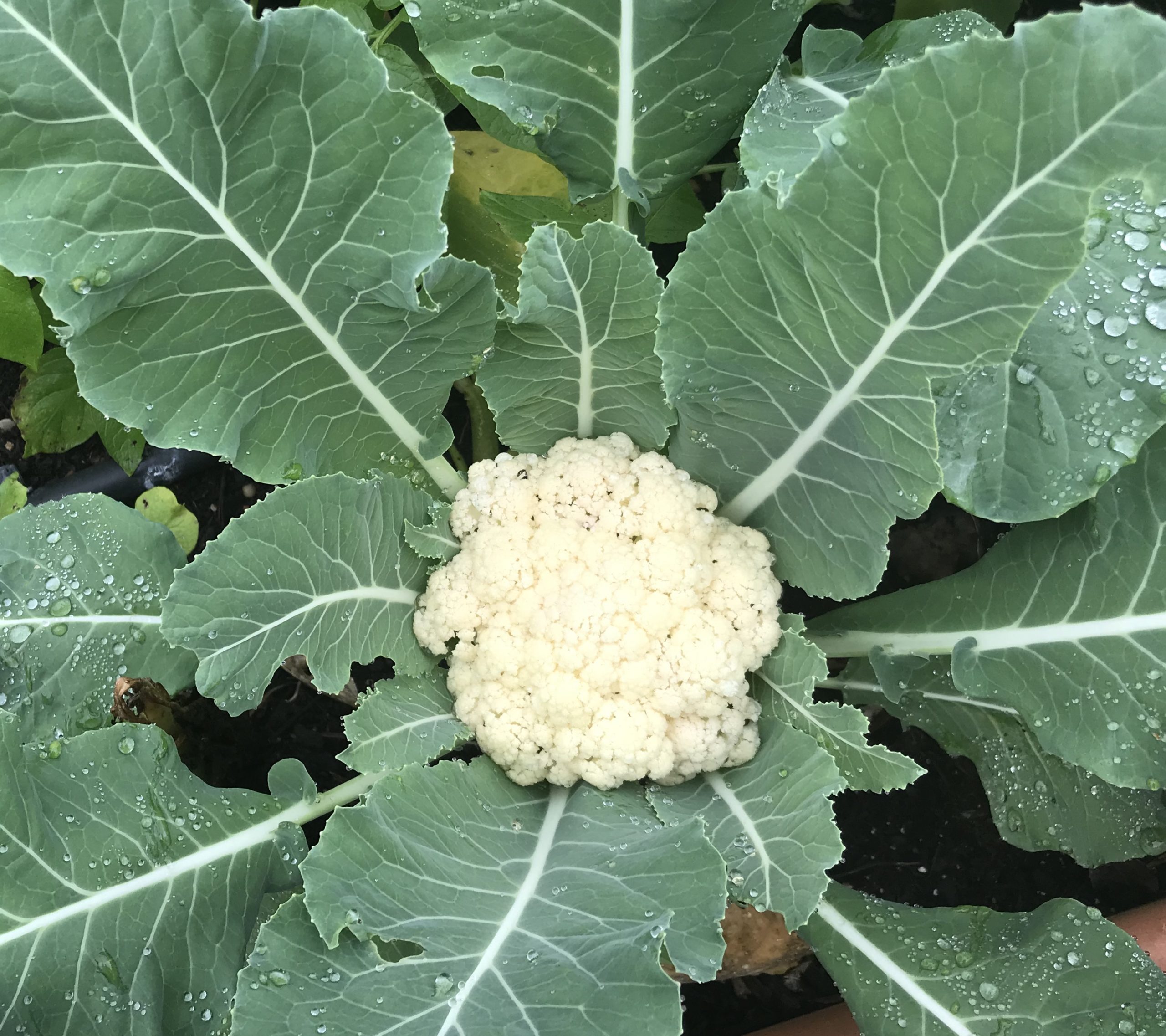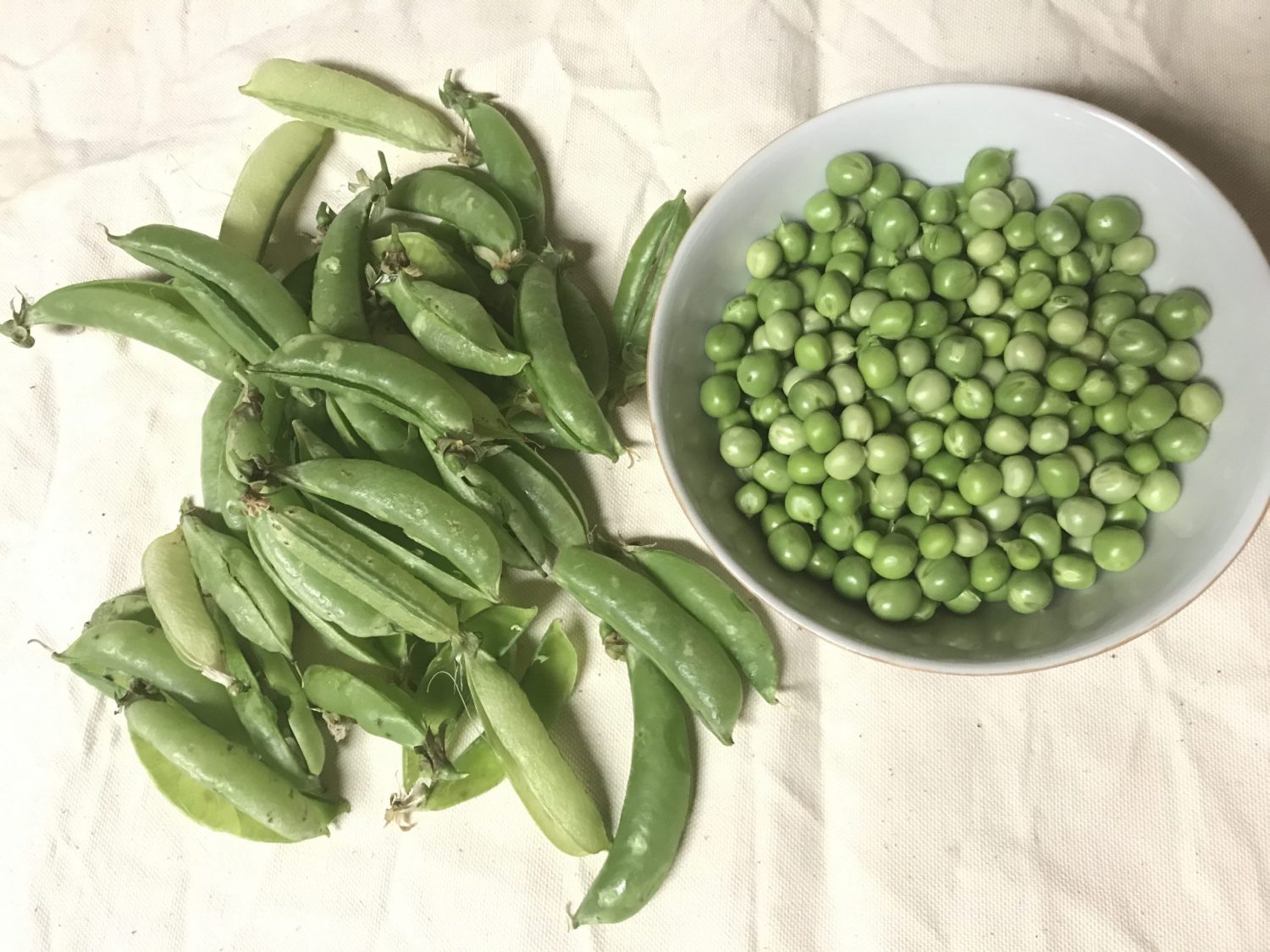Tomatoes are the number one vegetable grown in home gardens. Before I embarked on my gardening ship, I always thought tomatoes were only red. As I progressed in my adventure and started discovering the fascinating reality, I realized that the tomato we are accustomed to is only one variety among the 15,000 other varieties. The tomato family is vast, and there is a rainbow of colors within it. So why the discrimination in the tomato world?
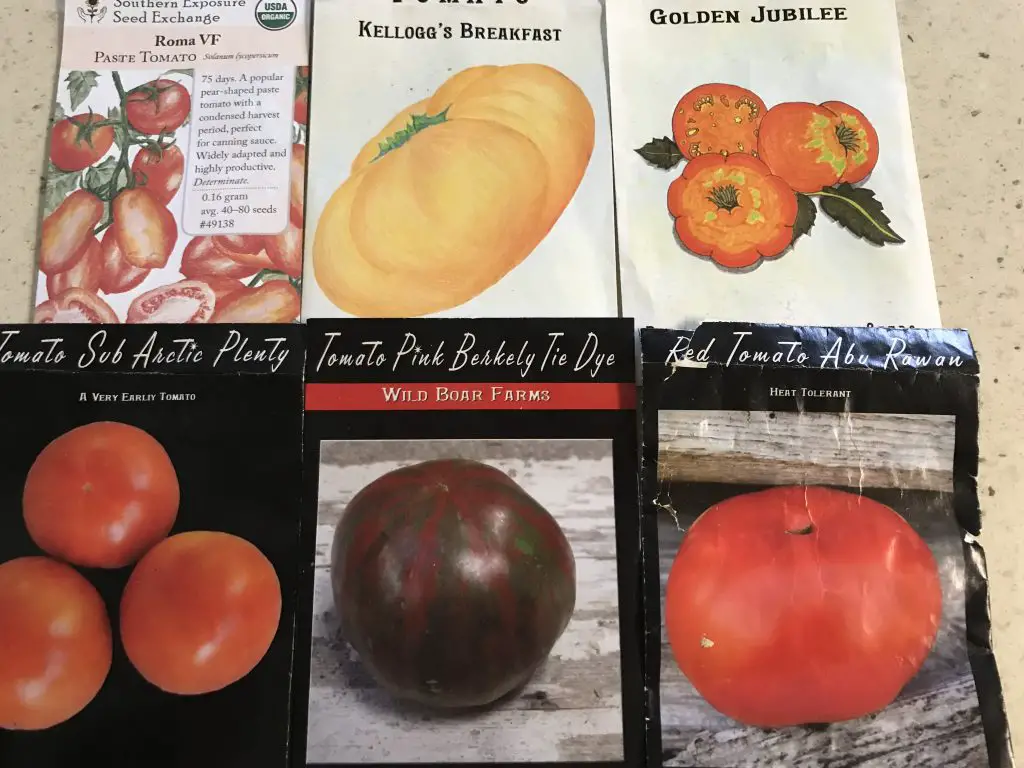
Why are red tomatoes the dominant in the market?
Commercial tomatoes are primarily red, except for some small varieties, which come in yellow or orange. These red tomatoes are hybrid varieties. To fit industrial needs, they were genetically crossed (not modified). Selected varieties are cross-pollinated to retrieve their best features. The resulting tomato is improved, highly productive, disease-resistant, and has a longer shelf life.
Studies have shown that the red-colored tomatoes have the dominant gene when crossed with other colors, such as yellow and orange. It is because the first generation of the crossing always came out red, which explains their dominance in the market.
On the other hand, colored tomatoes are generally heirlooms, meaning they have been genetically the same for generations. These varieties, unfortunately, are more demanding cultivation-wise. As a result, they are more susceptible to disease and may not be as productive as the commercial ones.

What gives the tomatoes their color?
Chlorophyll, Carotenoids, and Flavonoids are the three major pigments responsible for the different colors we see in plants. They absorb light to produce energy for the plant. However, each pigment absorbs light in different regions of the light spectrum with different wavelengths.
For example, Chlorophylls absorb in the blue and red regions of the spectrum but not the green. As a result, we see plants in green colors. Carotenoids absorb light in the blue area, reflecting the yellow, orange, and red colors. Flavonoids absorb in the blue-green and ultraviolet regions with shorter wavelengths, adding hues of blues and greens to the red and yellow colors they reflect.
In tomatoes, chlorophyll is in high concentration in the early stages, hence the green color. As they ripen, the chlorophyll breaks down into a yellow color. Then the tomato gains its final color depending on the pigment that’s abundant in it.
If lycopene is in high concentration, the tomato will be red. If Carotene is the dominant one, the tomato will be yellow or orange. And between these colors, there is a wide range of color hues.

Does the color of the tomato affect the taste?
It seems like almost everyone agrees that different colors mean different flavors as well. The classic tomato flavor is mainly related to the level of its acidity. However, no two agree on what acidity level is best. I prefer milder and fruity tomatoes for my salads, while I find acidic tomatoes suited for cooking.
Red tomatoes
They seem to have the highest acidity level. They deliver the classic tomato flavor and are great for canning, cooking, and turning into a paste.
Some of my favorite varieties are Abu Rawan, Roma, celebrity, early girl, and better boy.
Pink tomatoes
Pink tomatoes offer milder acidity with a slightly sweeter flavor. Similar to the red, they make great paste and sauces but are also great raw. My absolute favorite is the Pink Birkley tomato.
Yellow & Orange tomatoes
Tomatoes with yellow shades offer very low acidity with a sweet fruity flavor. They tend to have thicker skin, but the juiciness makes up for it. They are better eaten raw in salads or salsas, but you can also cook them.
A few of my favorites are Orange Wellington and Artisan grape.
Purple & Black Tomatoes
Deep dark tomatoes have a high acidity along the line of the red tomatoes. However, they have a richer flavor; for some, it is almost smoky. They are very attractive in salads, but you can also have them cooked into a sauce.
I have never grown a dark-colored tomato, but some of the most famous varieties are Black Prince, Cherokee Purple, and black cherry.
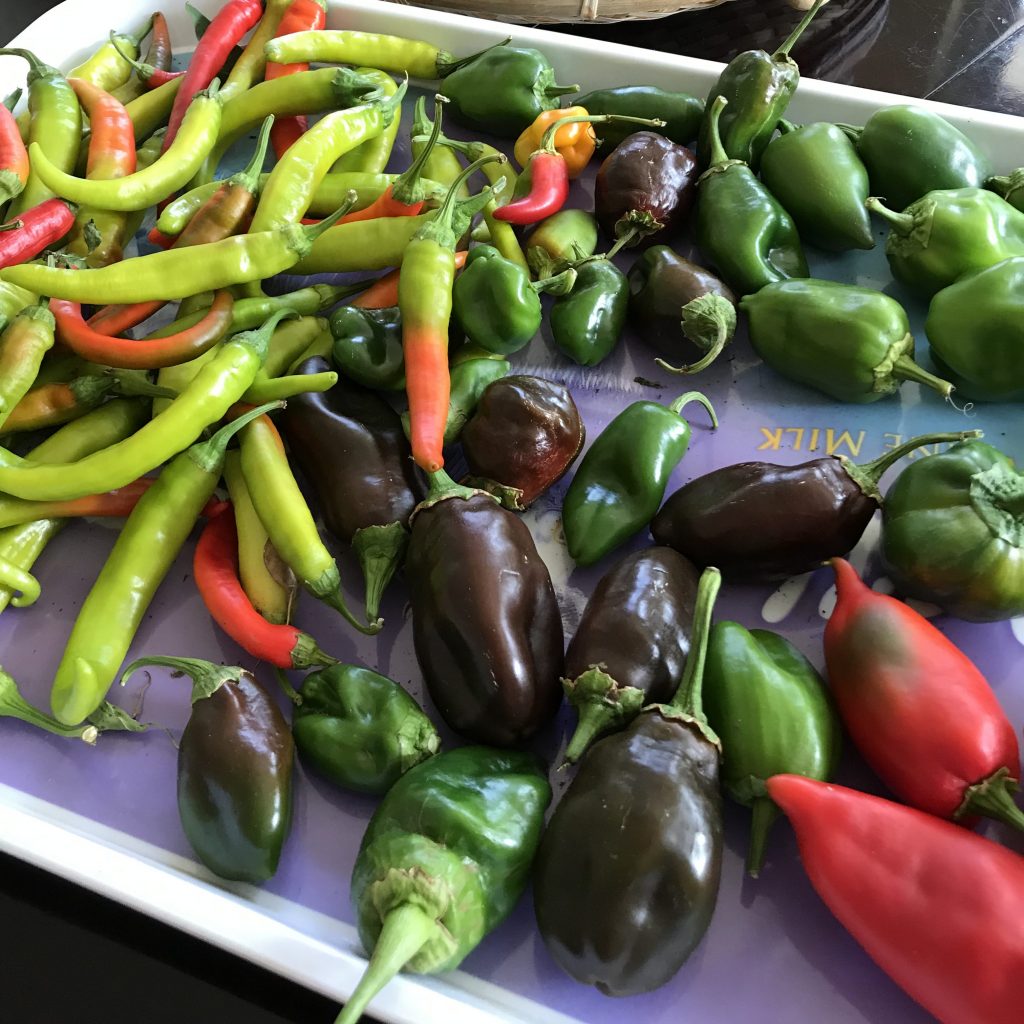
Not only Flowers
Most people think that vegetable gardening is dull when it comes to aesthetics. The truth is we should think outside the box (the market). There are endless possibilities of colors, even in vegetables. There are purple, yellow, and speckled beans besides the green bean. Other than the purple eggplant, there are the zebra, Blanca, and pink eggplant.
Open up your imagination and explore the world of colorful vegetables.
